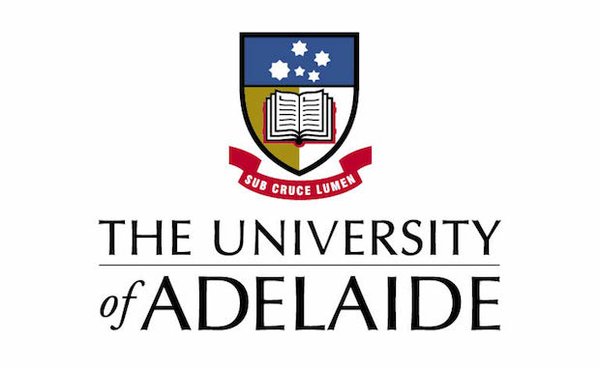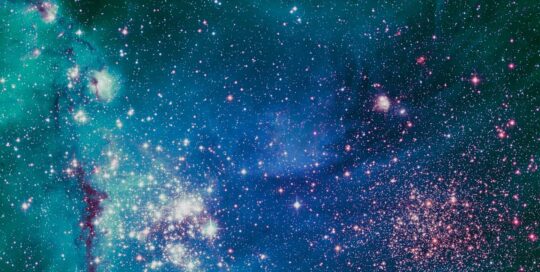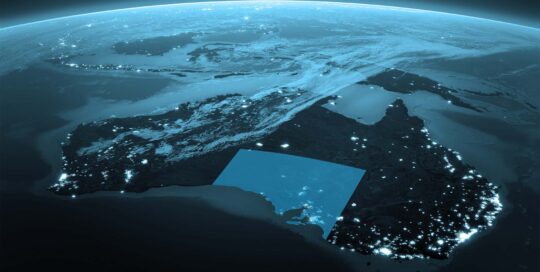Organisation Overview
The Space and Atmospheric Physics Group (SAP) at The University of Adelaide is engaged in the study of the atmosphere and near-space environment from the Earth’s surface to the ionosphere and beyond.
The purpose of the group is to provide an interdisciplinary forum for University of Adelaide researchers and external partners to collaborate on cutting-edge research involving sensor design, atmospheric measurement, and computer modelling.
University staff include experts in radio science, atmospheric physics and chemistry, plasma science, optics, and geophysics, with external partners from the Defence Science and Technology Group, the Australian Bureau of Meteorology, and local industry. SAP also plays an educational role, providing courses unique in Australia on the physics of the atmosphere and measurement techniques covering the entire atmospheric column.
Research areas include the development of meteorological, over-the-horizon, and multistatic radars, atmospheric lidar, optical systems, computer modelling, atmospheric dynamics research, and data fusion of ground and space based sensors. Of particular interest are the development of new technologies and methods to measure winds, density, and temperature, and to characterize plasma irregularities in the upper atmosphere.
Expertise and Capabilities
- Instrument development (hardware and software): radar (HF-VHF), lidar, ionosondes, multi-spectral imagers, polarimeters
- Atmospheric science: thermodynamics, plasma and ionospheric physics and chemistry, radio wave propagation, atmospheric dynamics, computer modelling, climate monitoring
- Sensor data processing and interpretation: radar, lidar, GPS, balloon mounted instruments, satellite sounders, airglow imagers, cloud droplet and ice crystal detection and holography
- Space situational awareness: spacecraft detection using meteorological radars, meteor science, orbital modelling and meteor source tracing
Unique Selling Points
- Over 65 years of radar and atmospheric sensor development
- Spaceflight: upper atmosphere winds and density measurements for launch and recovery planning
- Defence: ionospheric science and training for over-the-horizon radar
- Education: atmospheric science and sensor theory from surface to space
Capabilities
- Consultancy Services
- Other
- R&D






